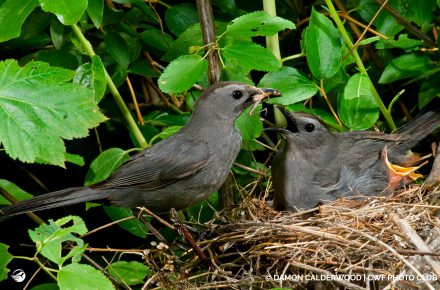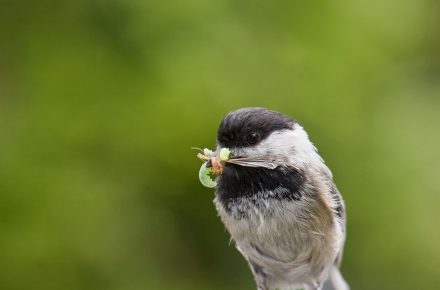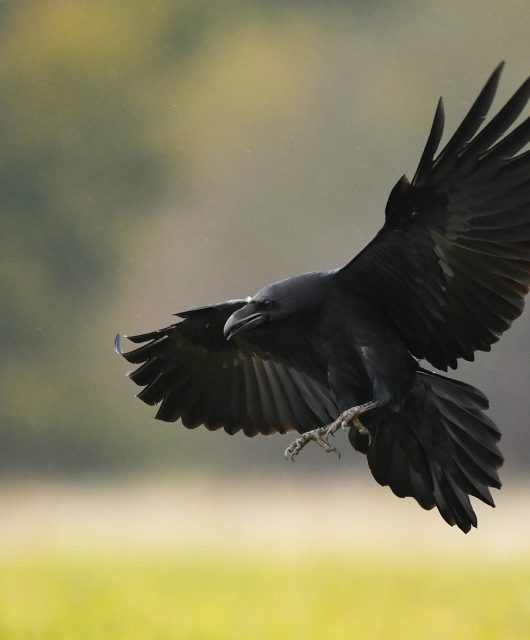We’ve all heard that invasive plants are bad. But how exactly do they affect us?
Some non-native plants have the ability to support wildlife when grown in combination with native plants. This is the case with apple trees and single layer zinnias, which can provide food for our pollinators and don’t spread into our natural areas. Even some herbs, when left to go to flower, can be beneficial.
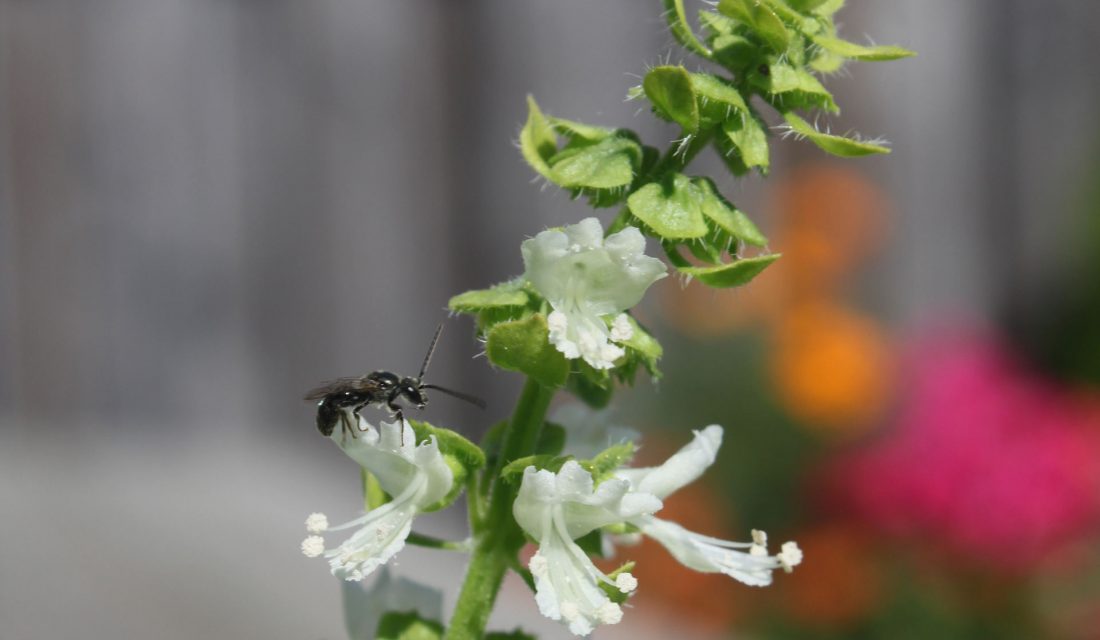
But many non-native plants are far from being the perfect food for our wildlife. This especially includes invasive plants – those that are from a different region and spread very quickly – which are detrimental because they push out plants that have spent eons co-evolving with local wildlife to form their perfect food.
The specific aspects of our native plants, including their chemistry, are critical for so many of our insects. The reduction of native plants means a reduction in food for insects, which results in a reduction of insect populations themselves. This then affects many birds, amphibians, mammals and freshwater fish along the food chain.
The subsequent decline in animal species and the services they provide – from pollination to decomposition to pest control – has serious consequences to our economy and well-being.
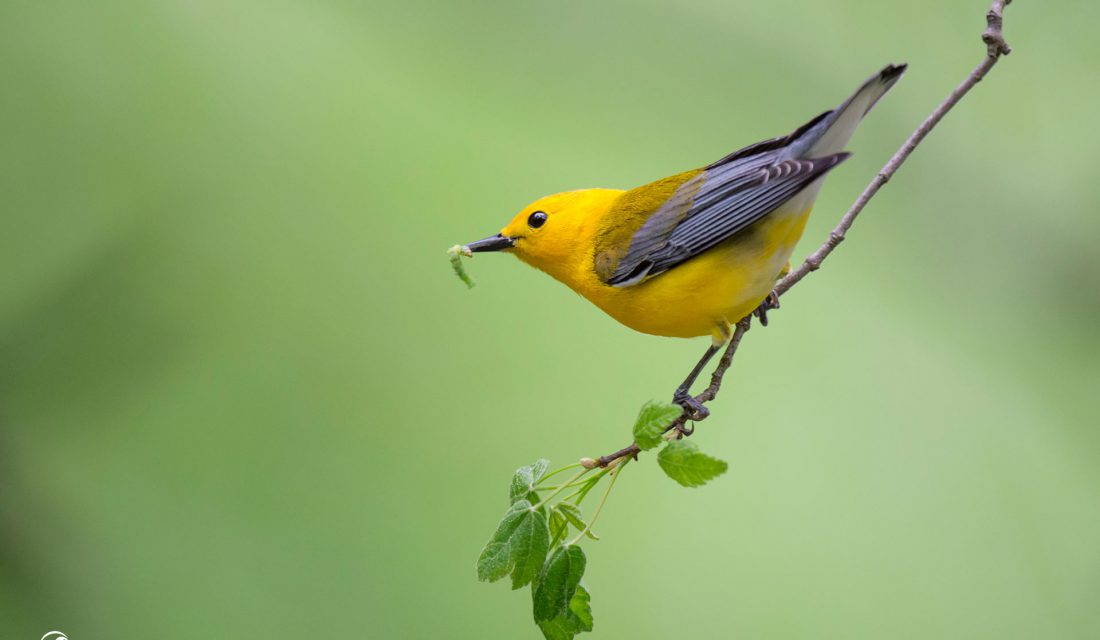
A Closer Look: the Norway Maple
The Norway Maple is a European maple that has been commonly planted in Canada as an ornamental tree. The trouble is that Norway Maple seeds spread to our woodlands and forested areas and out-compete our native maples.
Edging Out the Competition
They do this in part by leafing out sooner in the spring and keeping their leaves longer into the fall, growing quickly with the extra nutrients they are able to obtain as a result. They can form dense stands that sometimes create deeper shade than the plants living there are accustomed to. And their roots are so dense and shallow that it is hard for native maple seeds to get established, as well as many forest floor plants, such as spring wildflowers.
These changes create a ripple effect throughout the ecosystem, affecting organisms that depend upon the plants getting pushed out.
No Food For Native Insects
For instance, our native insects haven’t co-evolved with Norway Maples over the eons because this species has only been in North America for less than 300 years. As a result, most insects don’t find them appealing.
In fact, the number of Lepidoptera insects alone (butterflies and moths) supported by our native maples may be well over 200, while the Norway Maple is believed to support fewer than ten.
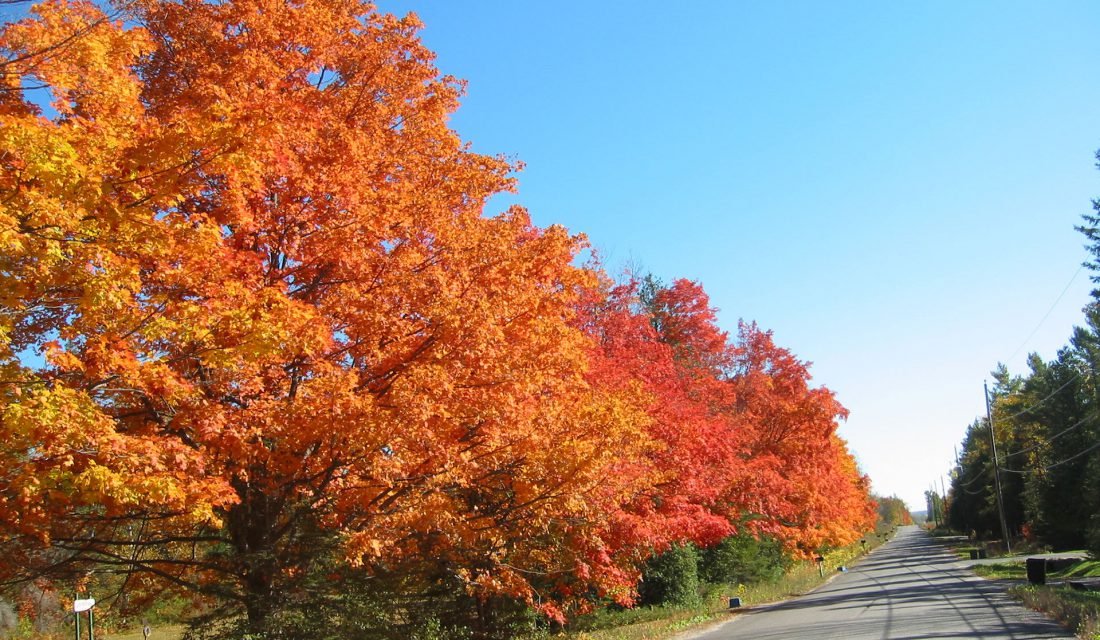
While you might be tempted to celebrate having a plant that would be essentially insect-free, think again.
While some insects can be annoying, these represent only a fraction of the insects on our planet. Many do not bite or sting and generally cause minimal damage to plants. They also play a critical role on our planet.
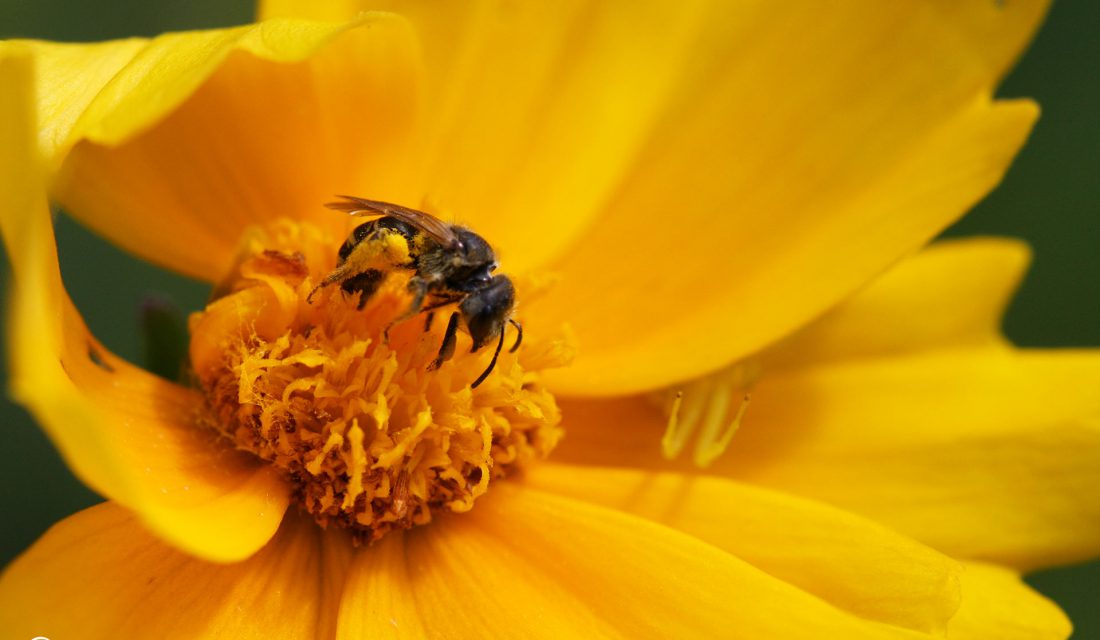
Scientists agree that without insects, humans would not survive because the ecosystems we depend on would cease to function. In fact, highly respected biologist Edward O. Wilson calls insects “the little things that run the world.”
For starters, we need insects for pollinating a large portion of our commercial food plants. They also pollinate plants that provide food for many animals in the food chain. Of course, insects also pollinate the food and ornamental plants in our gardens that uplift us and feed us. And countless plants with important medicinal properties also need pollinators to continue existing.

In addition to pollination, insects are also a critical food source for many animals, including most of the birds that grace our gardens, from warblers and woodpeckers to chickadees and robins to cardinals and goldfinches. In fact, most birds that come to your feeder are likely also insect eaters. In the winter they supplement their insect diet with seeds, and in the warmer months they feed themselves and their young insects, such as the nutrient-rich caterpillars of many moth and butterfly species. Even hummingbirds need a large portion of insects and spiders in their diet in addition to flower nectar.
Most birds need a nearby and abundant supply of insects to feed their young
With invasive species such as Norway Maples being less appealing to insects, birds tend to nest elsewhere as they need a close and abundant supply of insects for food.
Non-natives have Negative Impacts on Birds, Too
Birds are also affected by non-native plants when it comes to the fruit they eat. Perhaps you have noticed that birds tend to eat the fruit of our native shrubs more than the fruit of non-native species.
Our native berries have evolved to provide our birds with the right nutrients – in this case, plenty of fat – while the non-native species of the same group may offer more sugar.
So while you might have trees, shrubs and perennials on your property, it is important to know if they can properly support our local and migratory wild neighbours or if they are just for show and a little bit of shade.

Wildlife-friendly Gardeners May Be the Answer
While the situation may seem grim, there is hope. In fact, the ability to tip the scales may very well lie with you and me!
Leading scientist, author and University of Delaware Chair and Professor, Doug Tallamy, agrees. In his book Bringing Nature Home he says, “gardeners have become important players in the management of our nation’s wildlife. It is now within the power of individual gardeners to do something that we all dream of doing: to make a difference.”
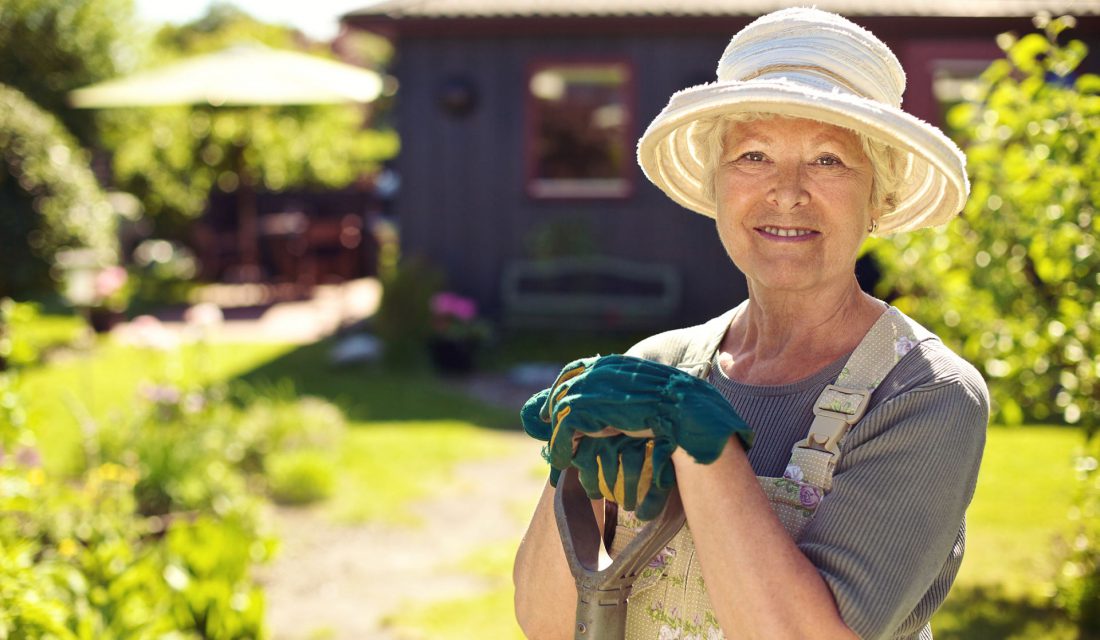
So while there is nothing wrong with having some non-native plants in your garden that are non-invasive, let’s pull together and add as many regionally native plants to our outdoor spaces as possible (preferably ones that are their true type and not overly cultivated varieties).
Let’s bring back the birds, bees and butterflies. Let’s redefine beauty and support our well-being with gardens and other green spaces that are lush with biodiversity and with life.
Where to Look?
To help you find native plants to your region, check out the links below to some of Canada’s invasive species councils and agencies. Some offer the fantastic Grow Me Instead guide with beneficial alternative plant suggestions.
You may also find great resources by consulting local field naturalist clubs, conservation authorities (in Ontario) and grassroots organizations specialized in your region’s flora and fauna.
CWF has a Native Plant Encyclopedia and Native Plant Supplier List to help you find plants suitable for your garden. You can also download our Gardening for Butterflies handout and Gardening for Pollinators handout for specific ideas.
Here are some more resources that may help:
- Invasive Species Council of BC
- Alberta Invasive Species Council
- Saskatchewan Invasive Species Council
- Invasive Species Council of Manitoba
- Ontario Invasive Plant Council
- Conseil québécois des espèces exotiques envahissantes
- Newfoundland and Labrador Fisheries and Land Resources
- New Brunswick Council of Invasive Species
- Nova Scotia Wild Flora Society and Invasive Species Alliance of Nova Scotia
- PEI Invasive Species Council
- Yukon Invasive Species Council
- Northwest Territories Environment and Natural Resources
- Nunavut Department of Environment

